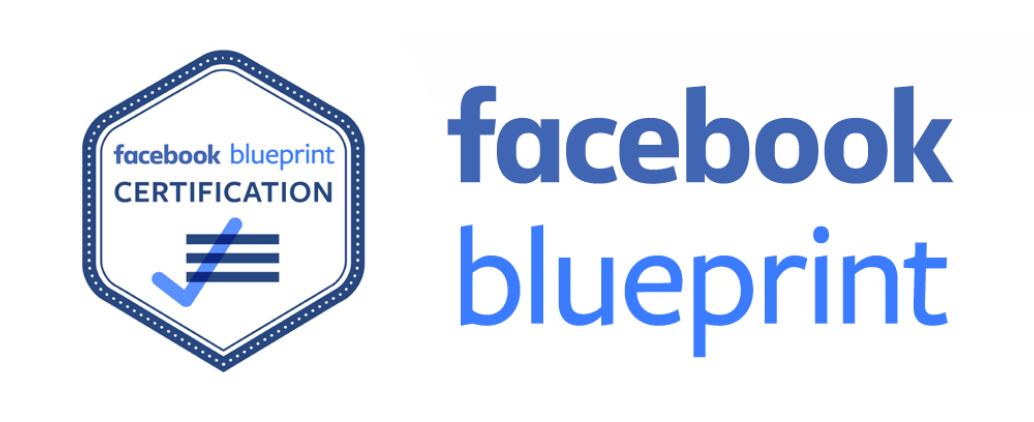As an eCommerce business, your website is the most significant tool you have to convert visitors into buyers. It’s where people turn to find out more about your products and services, and it’s the starting point for the buying process. So it’s necessary that your website is up to date with the latest features and technologies that will make the shopping experience as smooth and easy as possible for your customers.
To help you stay ahead of the curve, we’ve put together a list of the must-have features that every eCommerce website should have in 2022. These features will help improve your website’s usability and increase sales conversions.

Must Have Features of E-Commerce Website
Good eCommerce websites should prioritize user-friendly design patterns that are also easy to navigate. The navigation of the website should be quick and easy to find, with hyperlinks leading the user to the right page. Similarly, pages on the website should load quickly so that users can easily browse through products or search for what they need. You can also work on the effective use of visuals. When used correctly, graphics can be a powerful tool. So, use them intelligently across your site to enhance the user experience. This is all important because people have short attention spans these days; if something isn’t convenient enough for them cognitively, chances are pretty high that they will leave the platform. So anything that stands between users and completing a purchase should be avoided at all costs.
A cluttered and confusing shopping experience can lead to customer frustration. Therefore, this adverse reaction will likely discourage customers from returning. To ensure a smooth shopping experience for your audience, you should design the homepage and menus carefully. Make sure all relevant product information is easily accessible to the user without bombarding unnecessary stuff on the user. Furthermore, make sure pages load quickly and without any frustrating delays. Put the focus on user experiences throughout every step of the buying process.
A well-designed site search makes it easy for users to quickly find what they’re looking for. A reliable site search should be easily accessible from the homepage, include all relevant product query options, and be comprehensive. Moreover, a powerful search engine allows you to search by exact keywords, items containing the keywords, or items related to the keywords. You can also allow users to narrow down their results by category or keyword. Furthermore, you can also add some advanced options like quick access to product reviews and ratings and the ability to compare prices between sellers on the same page.
Sort and filter options are one of the most helpful eCommerce features for shoppers. You can increase sales by making browsing through your inventory a breeze. Customers need a fast, efficient experience when browsing through your products, so they do not have to spend time looking for their favorite products. This is why sorting and filtering options are so helpful. You can provide multiple filters by price, color, size, and more to make it easier for customers to quickly find what they’re looking for.
A good checkout process is essential for converting customers. It should be convenient to use and understand, secure, and fast. This is because it reduces the amount of time that customers spend on your website trying to figure out how to complete their purchase. A slow checkout process will frustrate users, making them less likely to return to your site. By making the purchasing experience easy and simple, you encourage people to buy from you again in the future.
Consider Reading What Does an SEO Manager Do?
Secure transactions and reliable customer data management are essential for any eCommerce website. Customers don’t feel secure about spending money on your e-store if they don’t know their information will be safe with you. That’s why prioritizing security is also extremely important. You must protect your customers’ data from unauthorized access and manage it securely. To ensure reliable customer data management, you’ll need to implement
- Secure payment processing: Without secure payment processing, your customers won’t be able to make purchases on your site. This means securing your site with SSL/TLS encryption and integrating third-party fraud monitoring solutions into your checkout process.
- Prevent SaaS theft: Ensuring safe storage and use of user records is especially important when it comes to SaaS applications such as Shopify or Magento since these platforms often contain sensitive information about business operations. By implementing identity management solutions like 2FA or single sign-on authentication methods, you can help keep wrongdoers out of critical areas of your system while protecting users’ privacy.”
Payment gateways are an essential part of eCommerce. They not only help to improve security and safety, but they also encourage inclusivity by providing a wider range of payment options for your customers.
Payment gateways can be divided into two main categories: online and offline. Online payment gateways allow you to accept payments through your website directly from the internet. Offline payment gateways work just like traditional banks; they take money from the customer’s bank account and then send it electronically to your business as a transaction fee.
Additionally, there is also the “Cash on Delivery” (COD) option, which has recently become popular and is being endorsed by many platforms. The COD method allows you to pay when your package is delivered to your address. The COD payment method significantly increases the chances of making a purchase compared to other online payment methods. It might also be the result of increasing online fraud and people feeling more comfortable paying when they receive the product rather than before they do so.
Customer ratings and reviews play a critical role in eCommerce. They can help you improve your customer feedback loop, boost trust between buyers and sellers, and create better customer relationships. This information can help you make changes to ensure that your customers have a satisfactory shopping experience.
Despite the popularity of eCommerce websites, many buyers still hesitate to buy products online. This is because they aren’t sure if they can return or exchange the product if it’s the wrong one, defective, or has other similar issues. It is important that your website clearly mentions your exchange and return policies so customers know what to expect. Your policy should be clear and concise. Make it easy for shoppers to understand what needs to happen in order for them to take advantage of your returns policy. For example, let them know that you accept items within 30 days of purchase with proof of purchase (such as a receipt), and provide detailed instructions on how to submit the item for return. You should also offer convenient returns on items. This will help make shopping online more reliable for customers who still consider e-commerce a sketchy thing. Lastly, make sure the returns process is easy to follow, and that submitted returns can be tracked easily.
The trend of customers interacting with businesses using technology is only increasing. Due to the increasing demand for customer support, chatbots are becoming increasingly important features on eCommerce websites. These chatbots can drastically improve customer experience. Chatbots can help you answer FAQs, resolve disputes, and provide faster customer service. They can also be used for marketing purposes by collecting data on customer interactions and sending targeted messages.
By providing 24/7 support via chatbot or email, your business will be able to keep customers happy even when they’re not able to make contact with a human being. You will free up your team to address more business cases by automating certain processes or handling common inquiries automatically.
Order tracking can help you keep track of the orders placed on your website, troubleshoot customer issues, optimize order processes, and more. One of the most important aspects of customer service is offering the customer easy visibility at all order stages. This way, they can always track their order and know where it is in the process, which reduces the chances of post-purchase dissonance. E-commerce platforms offering order tracking features not only help customers stay informed but also allow them to get in touch with you if there are any issues along the way. By keeping your customers engaged throughout the entire purchase journey, you’ll build a stronger relationship that will result in repeat business.
Bottom Line
As eCommerce continues to grow at a rapid pace, more and more retailers are turning towards online shoppers as their primary source of revenue to stay ahead of the competition and retain current customers while attracting new ones. To grab your market share, you have to be competitive and equipped with essential equipment. In this blog, we discussed a number of must-have features for any eCommerce website in 2022. But considering the complexity of the task, you might require professional guidance. Tash’heer helps companies like yours to get started in their e-commerce space and make their journey as hassle-free as much possible. Reach out to us to get your digital marketing evaluation.




